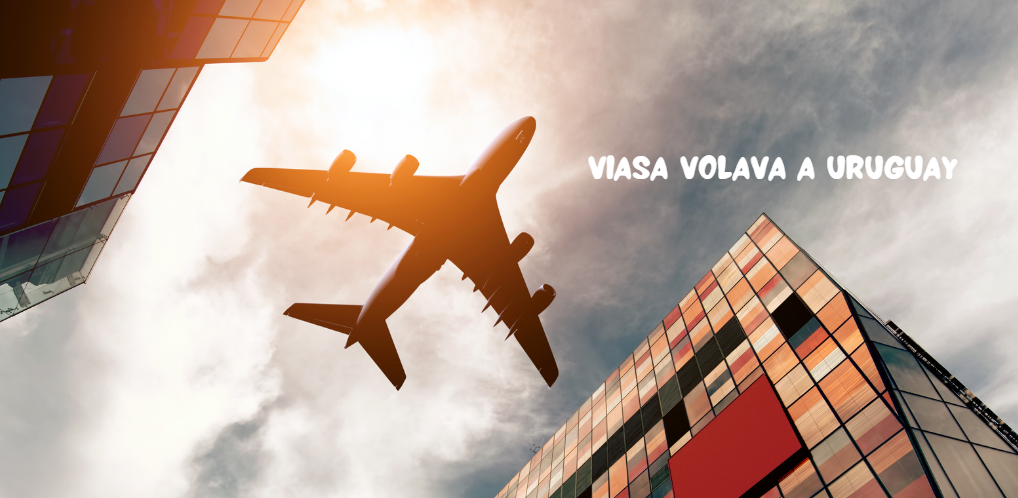Introduction
“VIASA volava a Uruguay” evokes a nostalgic memory for many aviation enthusiasts and historians. VIASA, or Venezuela Internacional de Aviación Sociedad Anónima, was Venezuela’s national airline and played a crucial role in connecting Latin America with the rest of the world.
This article delves into the history, significance, and cultural impact of VIASA’s flights to Uruguay, offering insights and analyses that go beyond existing information.
The Birth of VIASA
Founding and Early Years
VIASA was established on November 21, 1960, as a joint venture between the Venezuelan government and private investors. The airline aimed to enhance Venezuela’s international connectivity and quickly became a symbol of national pride.
Expansion and Fleet
During its peak, VIASA operated a diverse fleet, including the Douglas DC-8, McDonnell Douglas DC-10, and Boeing 747. The airline’s modern fleet and extensive network helped establish it as a major player in Latin American aviation.
VIASA’s Connection to Uruguay
Initiating Flights to Uruguay
The decision to include Uruguay in VIASA’s network was part of a broader strategy to strengthen ties between South American countries. VIASA’s flights to Uruguay began in the 1960s, providing a vital link for passengers and cargo between the two nations.
Routes and Schedules
VIASA operated regular flights from Caracas to Montevideo, with connections to other major South American cities. These flights were essential for business travelers, tourists, and those with cultural and familial ties between Venezuela and Uruguay.
Cultural and Economic Impact
Strengthening Bilateral Relations
VIASA’s flights to Uruguay played a significant role in enhancing diplomatic and economic relations between the two countries. The airline facilitated trade, tourism, and cultural exchange, contributing to mutual understanding and cooperation.
Tourism and Travel
For many Uruguayans, VIASA offered a reliable and comfortable means of exploring Venezuela and other destinations. Conversely, Venezuelans were drawn to Uruguay’s rich culture, beautiful landscapes, and vibrant cities like Montevideo and Punta del Este.
The Decline and Legacy of VIASA
Financial Troubles and Decline
Despite its initial success, VIASA faced financial difficulties in the 1980s and 1990s. Mismanagement, economic instability, and competition from other airlines led to its eventual decline. VIASA ceased operations in 1997, marking the end of an era in Venezuelan aviation.
Legacy and Memories
Although VIASA no longer operates, its legacy endures in the memories of those who flew with the airline. For many, VIASA represents a golden age of aviation, characterized by exceptional service and a sense of adventure.
Personal Anecdotes and Reflections
Passenger Experiences
Many former passengers of VIASA recall their journeys with fondness. Stories of exceptional in-flight service, memorable destinations, and the thrill of flying with a prestigious airline are common among those who experienced VIASA’s heyday.
Employee Stories
Former employees of VIASA often share their pride in working for the airline. Pilots, flight attendants, and ground staff recount their experiences with nostalgia, highlighting the camaraderie and dedication that defined VIASA’s workforce.
FAQs About VIASA Volava a Uruguay
1. When did VIASA start flying to Uruguay?
VIASA began its flights to Uruguay in the 1960s as part of its strategy to connect South American countries and enhance regional connectivity.
2. What types of aircraft did VIASA use for its flights to Uruguay?
VIASA operated various aircraft, including the Douglas DC-8 and McDonnell Douglas DC-10, for its flights to Uruguay, ensuring comfortable and reliable service.
3. Why did VIASA cease operations?
VIASA ceased operations in 1997 due to financial difficulties, economic instability, and increased competition from other airlines.
4. What impact did VIASA have on tourism between Venezuela and Uruguay?
VIASA significantly boosted tourism between Venezuela and Uruguay by providing a reliable air travel option, facilitating cultural exchange, and promoting mutual understanding.
5. What is the legacy of VIASA today?
VIASA’s legacy lives on in the memories of its passengers and employees, symbolizing a golden age of aviation characterized by exceptional service and adventurous travel.
Conclusion
The story of “VIASA volava a Uruguay” is more than just a historical account of an airline’s route. It is a tale of cultural exchange, economic ties, and the indomitable spirit of aviation that brought two nations closer together.
By exploring VIASA’s history, impact, and legacy, we gain a deeper appreciation for the role of airlines in shaping our world. As we reflect on VIASA’s contributions, we celebrate the connections it forged and the memories it created, ensuring that its legacy endures for future generations.

















